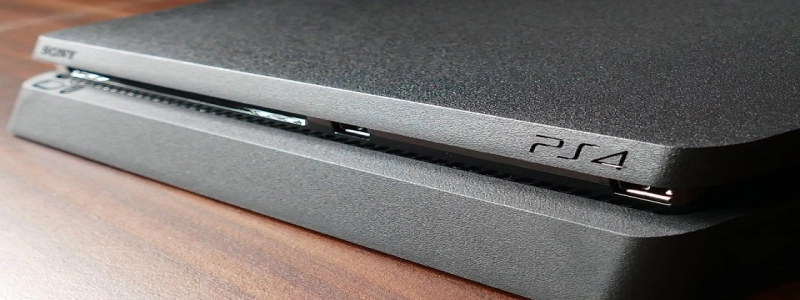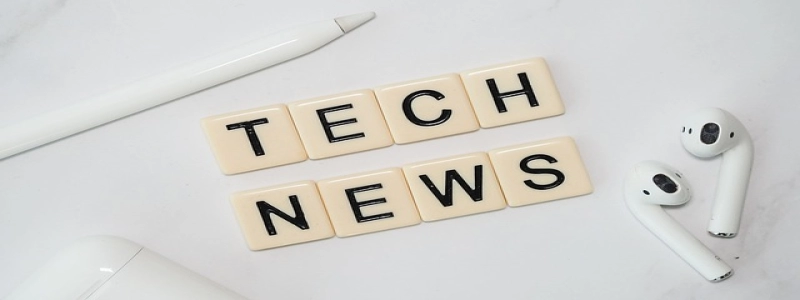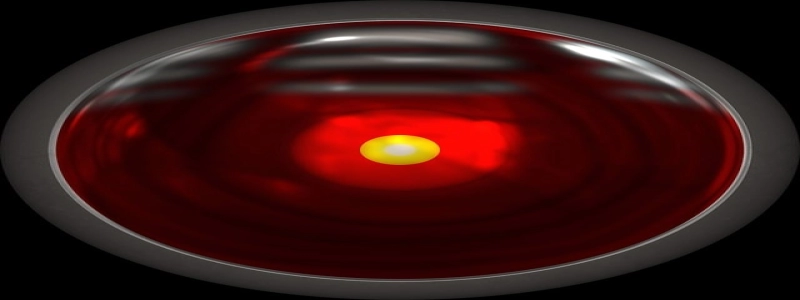Fiber Optic Internet Speed vs Cable
Introduction:
In today’s fast-paced digital world, having a reliable and fast internet connection is crucial for both personal and professional purposes. When it comes to choosing an internet service provider, the decision often boils down to two main options: fiber optic internet and cable internet. Both options have their own advantages and disadvantages, but one key factor that sets them apart is the speed of the internet connection. In this article, we will explore the differences between fiber optic internet speed and cable internet speed in detail.
I. Understanding Fiber Optic Internet Speed:
Fiber optic internet is known for its incredibly high-speed capabilities. Unlike traditional copper cables used in cable internet, fiber optic cables transmit data through pulses of light. This technology allows for faster data transfer rates and less signal degradation over long distances. Fiber optic internet can provide download and upload speeds that range from 100 Mbps to 1000 Mbps, or even higher in some cases. These speeds make fiber optic internet ideal for activities that require high bandwidth, such as online gaming, streaming 4K videos, or downloading large files.
II. The Readily Available Cable Internet Speed:
Cable internet, on the other hand, utilizes coaxial cables to transmit data signals. While it may not offer the same lightning-fast speeds as fiber optic internet, cable internet can still provide impressive download speeds. Typical cable internet packages range from 25 Mbps to 100 Mbps, but higher speeds are often available in certain areas. Cable internet is widely available and is a popular choice for households that require reliable internet connections for activities like web browsing, video conferencing, and casual online gaming.
III. Factors Affecting Speed Performance:
Despite the higher potential speeds offered by fiber optic internet, several factors can influence the actual speeds experienced by users. One significant factor is the distance between the internet service provider’s network hub and the user’s location. The farther the distance, the more the signal may weaken, resulting in decreased speeds. Additionally, the user’s equipment, including their router and modem, can impact the speed of the internet connection. Upgrading to the latest and most efficient equipment can help optimize internet speeds for both fiber optic and cable internet users.
IV. Conclusion:
In conclusion, both fiber optic internet and cable internet offer speedy connections, but their speed capabilities may differ. Fiber optic internet excels in providing ultra-fast speeds, making it the preferred choice for bandwidth-intensive activities. Cable internet, while not as fast as fiber optic, is still reliable and widely accessible, making it a suitable option for everyday internet usage. Ultimately, the decision between fiber optic and cable internet speed depends on the individual’s specific needs and the availability of services in their area.







